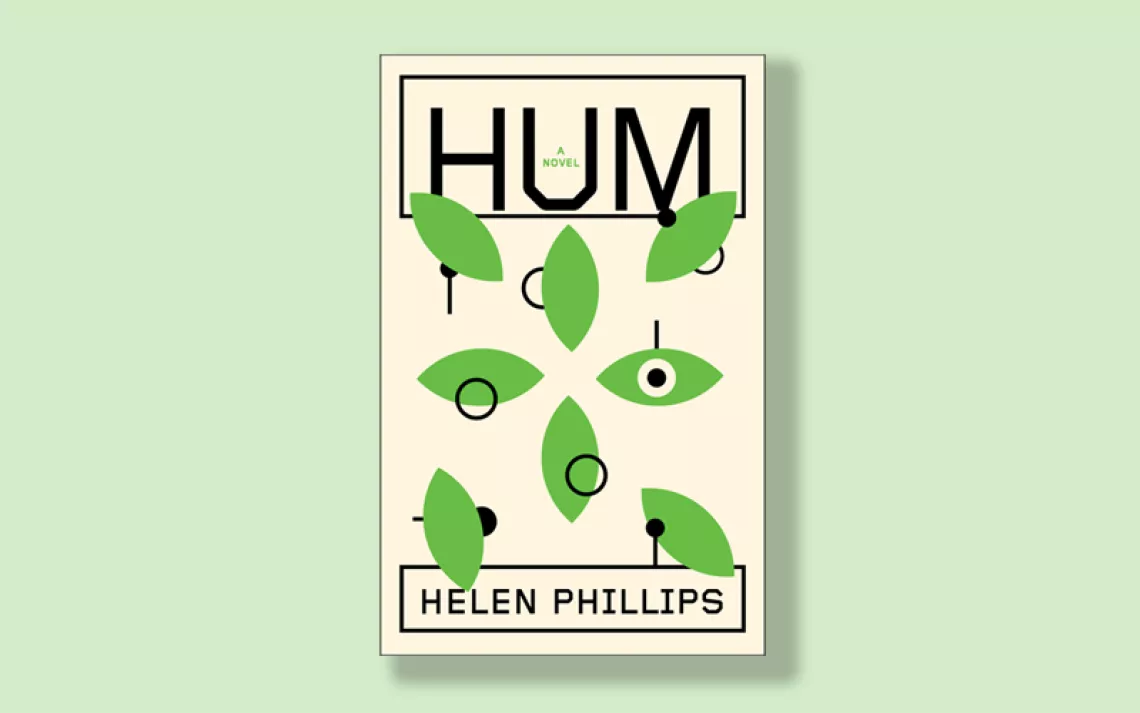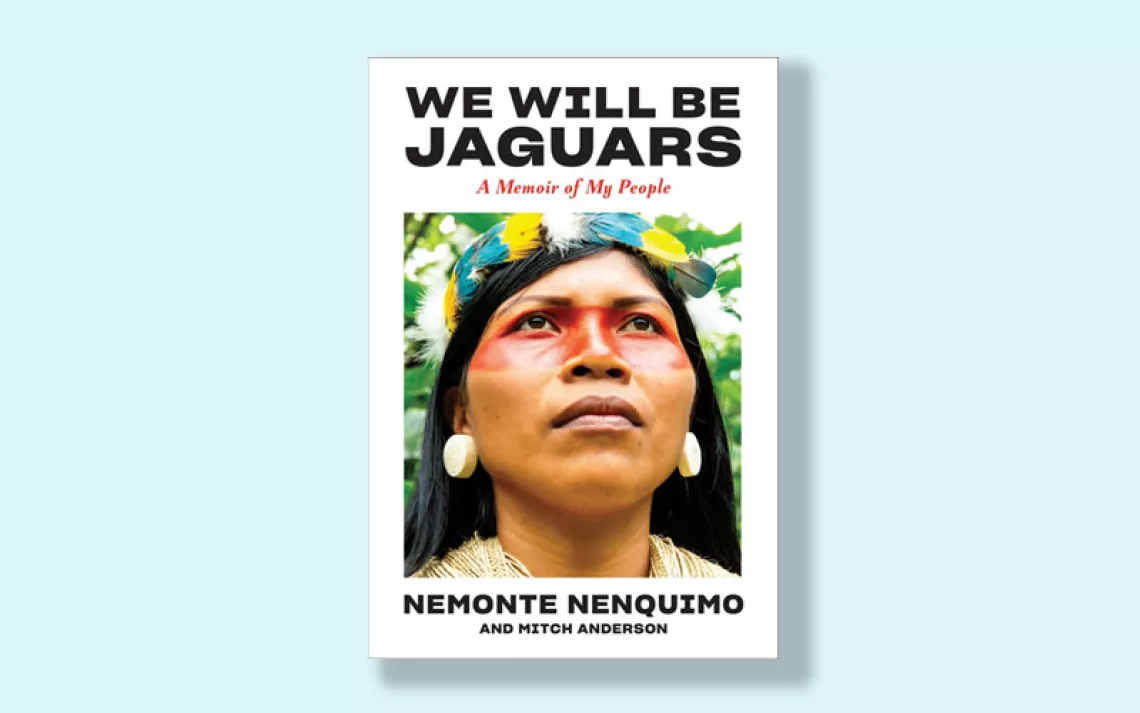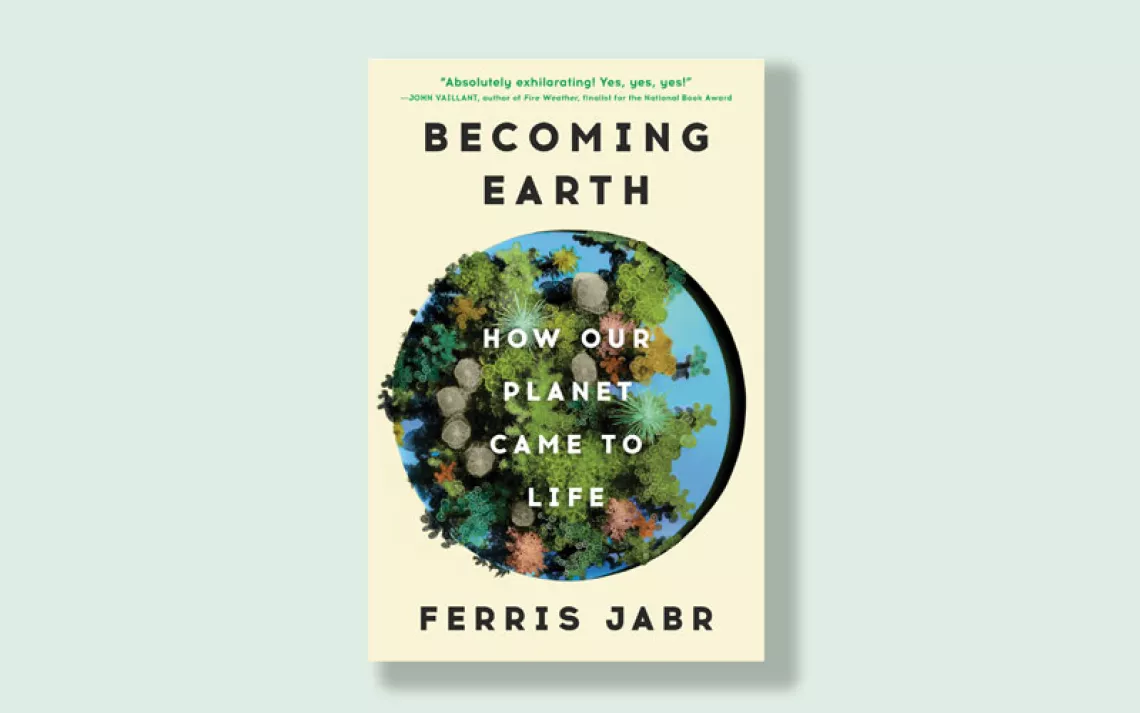Learning to Fly
J. Drew Lanham's "Home Place" is a deeply personal story about the complex geographies of home and displacement
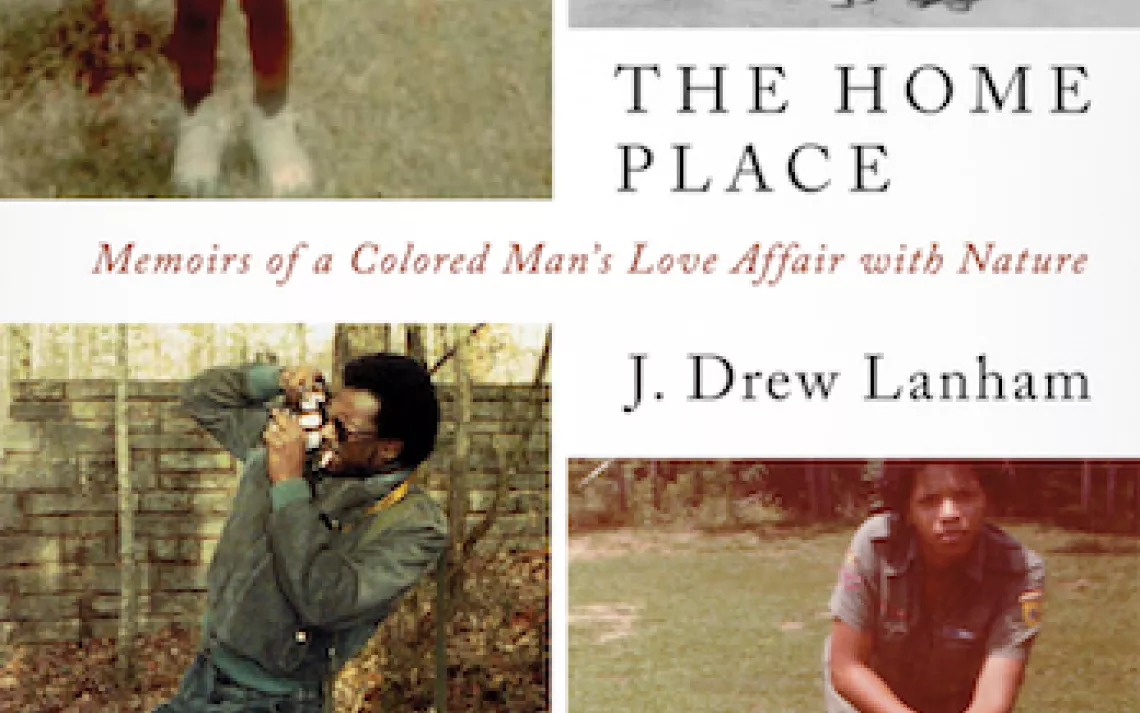
Bug and Jock at the Home Place | Photo courtesy of J. Drew Lanham
Home is as much about a way of being in the world as it is an actual place. It can take the form of physical geographies to which we attribute that “home” place, or in something more formless and harder to see. We often attribute “home” to where we grew up, where we currently live, or simply “where we’re from.” But we also tend to feel at home as much in how we are as in where we are. A carpenter feels most at home with a hammer in hand; a farmer, driving a tractor out into the fields; a writer, hunched over pages and pens; a mother, spending time with her kids.
It is from that other, more intangible sense of home that we connect to who we are in the world. If we’re lucky, the way we are at home in the world, and where we are, are one and the same place. If we’re not, we tend to say we feel “out of place.”
J. Drew Lanham’s memoir The Home Place: Memoirs of a Colored Man's Love Affair With Nature (Milkweed Editions, September 2016) is a beautifully rendered and deeply personal story of the complex geographies of home, and displacement. A wildlife biologist trained in taxonomy and categorization, a black man who grew up in a racially divided South Carolina, Lanham exchanges science for poetry in this lyrical journey through his childhood and the natural world that came to define him.
What, and who, defines us—especially here, in a country that sorts its population into categories of race and privilege—is very much on Lanham’s mind as he tracks his passion for the wild and all things that fly through a world grounded by racial difference.
*
Joseph Drew Lanham grew up in Edgefield, South Carolina, in the aftermath of the civil rights movement. One of four children, he spent most of his childhood toggling between his grandmother’s fusty old home down the road, which he calls the Ramshackle, and his parents' ranch, the Home Place: a diverse terrain of droughty sands, rivers and creeks, hickories and poplars, teeming with wildlife.
The land was a source of abundance for the Lanham family—his parents grew watermelon, cantaloupe, and many other crops to supplement their meager pay as schoolteachers. For Joseph himself, it was a constant source of discovery, and wonder:
I craved knowledge about the wildlife that lived around us. I read every book I could about the creatures that shared the Home Place kingdom with me. . . . I went back outdoors, where I walked, stalked, and waited to see as many wild things as I could. . . . Birds were everywhere, and as I learned to identify them by sight, their songs sunk into my psyche, too.
When he isn’t doing chores or in school, young Joseph is out amid the trees, or running down the valleys or by the rivers, pretending to be a hunter, or a fighter pilot streaking across the sky, or a bird winking at gravity and taking flight. The sights and sounds of these wild places spill off the page in passages that sing with lyricism: “On warm summer nights, barred owls boomed their eerie calls and cackles back and forth across the creek bottom as the numbing chants of whip-poor-wills and choruses of katydids and crickets lulled me to sleep.”
Edgefield is also a Southern town with a long history of ugly racial politics. Confederate flags on rearview windows and front doors, and the silent, suspicious gaze of those who display them, appear throughout the story—ubiquitous signifiers of where people stand in this place, and the potential of violence for anyone who doesn’t belong.
But at the Home Place, far removed from those windows and doors, the boundaries of a world sealed by race surrender to the open horizon, bursting with sounds and color, with looping narrative and pages of space—the perfect setting for a young mind leaping into the wild’s endless stories and learning to fly. “I can still hear the quail calling and the foxes barking. I can still taste the sweetness of blackberries plucked fresh off the bramble and smell the rain coming on the approaching rumble of a summer-evening storm. All that and the land were mine back then. I was the richest boy in the world.”
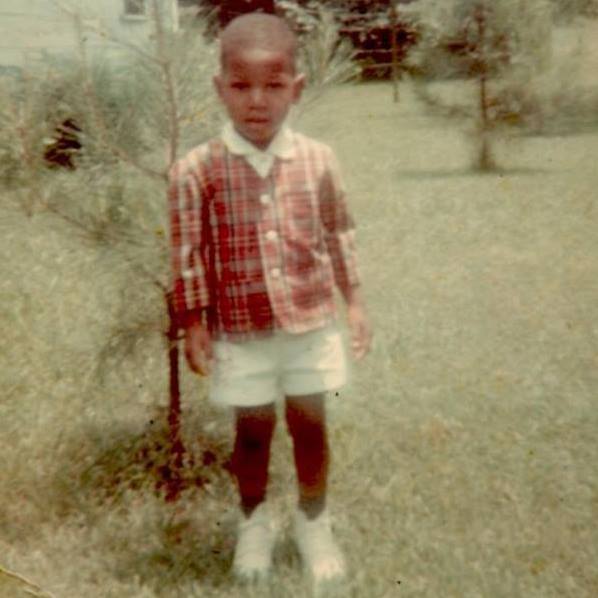
The author as a boy | Photo courtesy of J. Drew Lanham
Lanham’s grandmother Ethel Jennings, or Mamatha, is one of the most vivacious, carefully drawn characters in a story populated with them. Born in 1896, one generation removed from slavery, she grew up in a time of extraordinary transition, when belching automobiles and roads were replacing horses and dust, and telephone cables carried crackling voices for miles. Now she lives in the Ramshackle—a repository of family history, culture, and lore.
After her husband, Joseph Samuel Lanham, or “Daddy Joe,” passes away, the family “loans” the younger Joseph to Mamatha to help ward off her loneliness. From the age of three or four until 16, he moves back and forth between the Ramshackle and the Home Place, two homes that were physically close together “but almost a century apart,” coming to symbolize for young Joseph “the worlds I straddled: modern convenience and comfort versus old-time, bare-boned simplicity.”
Mamatha is a titanic figure in this story. She cooks enormous meals of grits and biscuits swimming in molasses. She routinely confabulates with spirits late at night, reporting on the convivial visitations with the dead the next morning to a wide-eyed Joseph over breakfasts of bacon and cheesy scrambled eggs. “A hat tossed on the bed, dirt swept out the door past dusk, or a careless step over an abandoned broom were high crimes in Mamatha’s house.” Instead of using traditional medicines, she treats his occasional bouts of indigestion with “a series of circles drawn on my spare belly, spiraling outward from my navel” and muttering incantations while making gestures. “That magic never failed,” Lanham writes. Mamatha maps onto the geographies of the physical world the stories of the supernatural, animating Joseph’s fascination with wild places and the secrets they contain. “A ‘blood moon’ meant end times were approaching. Spilled salt, broken mirrors, and things that went bump in the night were all a part of her daily routine, and dos and don’ts—the supernatural accepted as normal.”
Daddy Joe passes away long before Joseph can know him, but his grandfather looms over the boy’s imagination nonetheless. Daddy Joe was drafted to fight in the American Expeditionary Forces with one of the few black American units to engage in combat during World War I. Ironically, it takes conscription and a trip overseas to give Daddy Joe his first experience of a society where citizens of all colors are born free. “Daddy Joe used to wax on and on to Mamatha about his time in Paris, where his color was celebrated and rights weren’t restricted by race. It must’ve been a heady thing for a black man to walk those streets with no one paying attention to him, no one calling him nigger or boy.” This grandfather who fought overseas as a proud soldier and black man is a potent coordinate in Joseph’s mind, “always most struck by a couple of colorized photographs of a proud, dark-skinned man in a doughboy uniform.”
Joseph’s family is popular in town and fairly well-to-do. His father, James Hoover Lanham, teaches earth science to seventh and eighth graders and is one of the few black men teaching in Aiken County. He spends most days cultivating the land around the Home Place, fishing, or repairing the family car. Joseph's mother, Willie May, is a “strong and silent” type whose “stealth feminism was camouflaged by home-sewn clothes and handmade blackberry cobbler.” She is an overachiever who defies the odds against most people of color at the time, graduating with degrees from Talladega College, an all-black institution founded by former slaves, and Fisk University in Nashville, two of the most prestigious black colleges. She teaches math and biology at W.E. Parker, the colored high school in Edgefield, and then Schofield High. Together, the two parents made for young Joseph a “unique black American power couple.”
Lanham is playful in his depictions of the family, often reorganizing scientific tropes and vernacular into metaphors. He creates an actual field guide for the four Lanham children, categorizing each one, including himself, as a different bird: a raven for his brother Jock; a loyal falcon for his sister Julia, also known as “Bug”; a “flitting, wind-tossed” swallow for his little sister Jennifer; and for himself, the “hermit thrush of the flock—a brown-backed shadow hugger who prefers the world’s darker, quieter recesses, with an occasional foray into light.”
Aside from detours into church or school, the Home Place, with all its endless wild spaces, is always calling him. “When the chores were finally done, however, I could break free of the house and enter a fantasy world of earth and sky.” It is the place where he and his father bond the most. “Fishing was the only time I remember ever holding my father’s hand.” Through it all, young Joseph finds himself more and more in tune with things that fly, that have the ability to transcend gravity—as when he launches himself from a crow’s nest over and over again, free-floating in the air. “Uncoupled, I was launched skyward, finally finding the way up instead of down . . . and then I was on the ground looking up—wishing—again . . . a caramel-colored Icarus with a hard head, persisting in the fantasy that flying was something I was meant to do.”
The wilds of the Home Place may be free of racial boundaries, but outside of that place, in Edgefield, a different reality is at work. Lanham tracks how racial otherness hued every aspect of his life, in ways he couldn’t see when he was young—such as in the elision of black faces from his boyish worldview. “In all my imaginings I was white, like all of the daring, ace fighter pilots the documentaries ever showed with thumbs up as they sallied off on another heroic mission.” The world beyond the Home Place was a white world Lanham long embraced both as normative and as his own. “My schoolmates were mostly white. My best friend was white. The westerns I watched were homogenized, too: milky, alabaster, ivory. . . . It wasn’t until well into my teen years that I learned there had been black men who were in fact vital cogs of Western culture.”
The orthodoxy of racial mores, and the many ways with which they are enforced, figures ever more prominently as Lanham pursues his career in science. He matriculates as a mechanical engineer at Clemson University, not because engineering is his passion but “because I was a black kid who was reasonably good at math and science. That could only mean one or two things, according to the high school counselors: become an engineer or a physician.” When he drops engineering to become a birder, he finds that “birders have a profile as well. . . . Being a birder in the United States means that you’re probably a middle-aged, middle-class, well-educated white man.”
As his scholarship progresses, there are numerous troubling moments of racial boundary and discrimination: He has to change the location of his research project when a white supremacist group organizes in the mountains of western North Carolina. Later, during his post-doctoral field research, he finds three raggedy red spray-painted Ks on a U.S. Forest Service gate leading to one of his study sites. Someone at his university at one point jokes that his degree was awarded posthumously. On a field project to record every bird he can see or hear in a three-minute interval, he finds himself “a large black man in one of the whitest places in the state, sitting on the side of the road with binoculars pointed toward a house with a Confederate flag.”
Lanham is never a victim of physical violence in this story, but he illustrates the many forms of violence racism can take: less tangible, but no less vituperative forms of which he was a victim all his life:
Black and white, good and evil—ideas harped on by religious folks, preached from some pulpit, or broadcast on television—were an ice on the pool of my consciousness. There are preconceived notions—of where I should go, of what I should do, and even of who I should do it with—of who I am supposed to be as a black man. But my choice of career and my passion for wildness means that I will forever be the odd bird, the raven in a horde of white doves.
And yet he also reminds us that even in the rarefied, rigid spaces of racialized South Carolina, some people can still surprise you. At one point in the story, he accidentally steers the family car into a ditch while driving his sister to a birthday party, in the middle of nowhere on an empty road. A pickup truck eventually approaches with a Confederate flag license plate. Joseph is terrified as the car pulls over and two white men study him and his sister and the situation. But to his surprise and relief, the men winch the car up and drag it out of the ditch. He offers them money for the help, but they decline and drive away. “We’d been delivered—by the people I would’ve least expected to help.”
It is yet another tense moment in a world decorated by the signifiers of racial otherness—none of which, Lanham notes, maintain in the wilds of the Home Place: “I’ve yet to have a wild creature question my identity. Not a single cardinal or ovenbird has ever paused in dawnsong declaration to ask the reason for my being.”
*
In reading this cogent, beautifully written memoir, one can’t help but identify with the universal exercise of looking back toward a home that once was, and is now gone; of yearning for a life once led, that can never be regained. In a way, every home place to some degree haunts us as we move through our lives, replacing one with the other.
But Lanham is after something more than just nostalgia. The Home Place is a deft examination of how we come to define ourselves in a world that, in turn, is relentlessly trying to define who we are—and how we can take those definitions over and make our own. The ghosts of the past are more than just reliquaries of loss and memory; they are resources of our history, our story, our flight through life:
All of these Home Place things haunt me pleasantly. They are ghosts I conjure up from time to time to help me understand who I am and perhaps recapture who I need to be. . . . My heart has moved on to love other people, places, and things like I never thought I could. But that first place I knew as home will always be locked within.
The Home Place is many things—a recollection of the past, a celebration of the wild, a statement about the complexities of identity and race. But tying these threads together is a single idea that unifies them all: Going home—being home—is as much about the way you walk the path, and when you finally do, as it is the place toward which it leads.
 The Magazine of The Sierra Club
The Magazine of The Sierra Club

